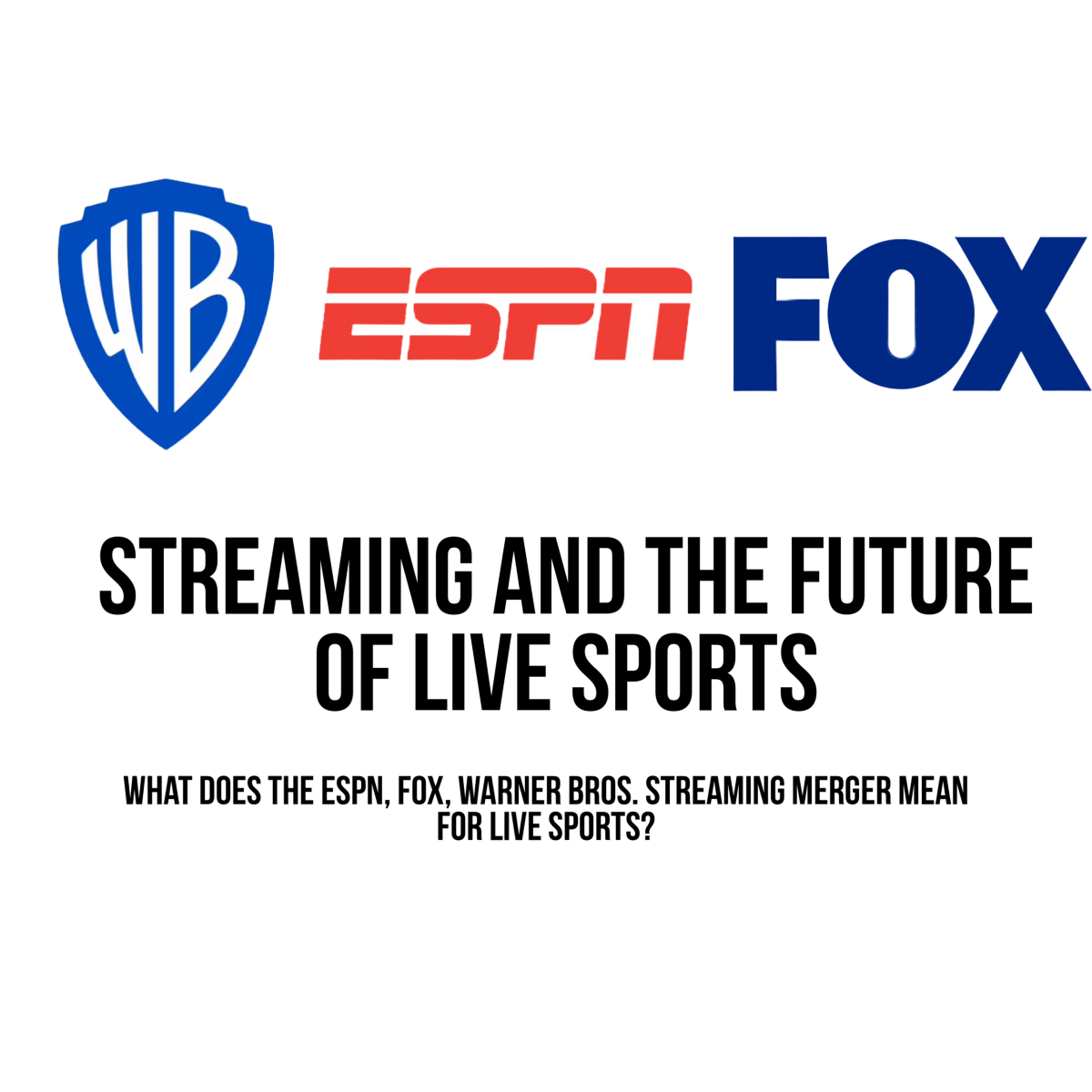On Monday, Feb 5, Disney, Fox, and Warner Bros. Discovery announced a partnership streaming platform that will primarily broadcast live sports in one place.
Set for launch in the fall of 2024, the partnership will combine ABC, ESPN, ESPN 2, ESPN U, Fox, FS1, FS2, TNT, TBS, and other networks owned by Fox, Disney, and Warner Bros. Discovery.
This new streaming platform will allow sports fans who aren’t paying for traditional cable television packages to access thousands of sports events, including the NFL, NBA, MLB, College Football, PGA Tour Golf, and more. Beyond sports, the streaming service features channels like ABC and FOX, allowing access to News and other non-sports-related content.
Ten years ago, cable television dominated live sports and overall content consumption, with over 100 million homes subscribed to cable or satellite TV. However, with the growth of streaming and the consumer’s desire to access the content at any time, the number of homes subscribed to cable has dipped to about 70 million. With that has come the rise of streaming services and the ability for consumers to have access to the content they want anytime, anyplace.
This does not affect consumers’ ability to watch live sports right now. Consumers will still be able to watch live sports on ESPN, Fox, ABC, and the other networks that are apart of this new streaming service on other platforms. Whether it is cable TV, or another streaming service, live sports will still be available to those who aren’t subscribed to this new service. Until the only way to watch live sports is solely on a streaming platform, services like this one will not affect you the viewer and your ability to watch live sports.
This merger hasn’t come without backlash. NFL executives are reported to have felt “blindsided” by the merger. In 2021, the NFL signed a 10-year $100 billion TV rights deal with CBS, NBC, FOX, ESPN, and Amazon. The NFL is collectively paid $100 million annually by the networks to have the broadcast rights to the games
Leagues like the NFL are upset by the joint venture because they have no control over the platform and gain no revenue from it. The live sports streaming landscape is relatively uncharted and hasn’t been explored to its full potential by these sports leagues. Although the NFL is getting $100 million annually from the networks, they aren’t getting any of the revenue that this streaming site will generate.
The future of live sports and streaming is still unknown. Leagues like the NFL, NBA, and MLB have expressed a desired interest in putting their games on streaming in order to connect with the younger audiences who don’t traditionally sit down in front of a TV. However there are still billions of dollars to be made from linear cable television. Amazon and Peacock have already purchased the rights to stream NFL games, and Apple and Netflix are looking to purchase the rights to stream NFL, NBA, and even MLB games in the future.
The NBA’s TV and media rights deal is set to expire in 2025. Commissioner Adam Silver has been outspoken about his interest in exploring streaming landscaping and continued partnership with linear cable television.
Taking live sports to streaming is a good thing. For fans the ability to turn on any game whenever and wherever you are is crucial for the future of sports and the engagement on a younger audience. With conventional cable television being a thing of the past, live sports branching into the steaming space will only help the consumer.
Is streaming turning back into cable?
Over the last decade, with the apparent “fall” of cable TV, many companies have created streaming services offering content to consumers that they can watch anytime, anywhere. With companies like Netflix, Disney +, Max, Hulu, Paramount +, DIRECTV Stream, and many others, consumers may need two, three, or even four streaming services to access all the desired content.
As someone who watches sports as well as TV shows and movies, it requires me to have three or four different services to get the content I want which doesn’t make financial sense to pay $10-$15 a month on a whole bunch of different streaming services only to watch one or two shows on each platform. Leading me to pay full price for a service that I partially use. This new sports centered streaming platform does interest me in what the future of live sports and streaming could be.














